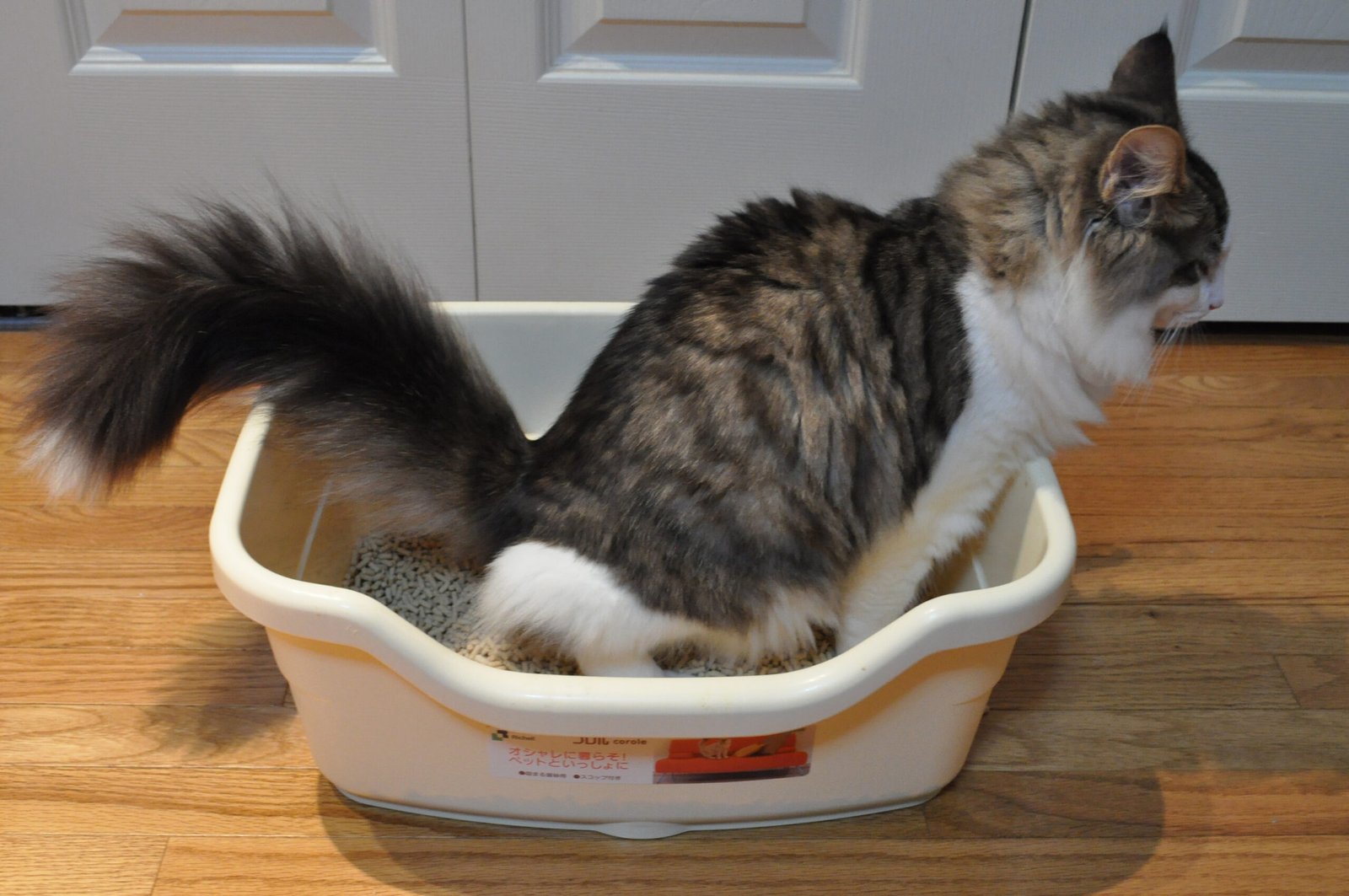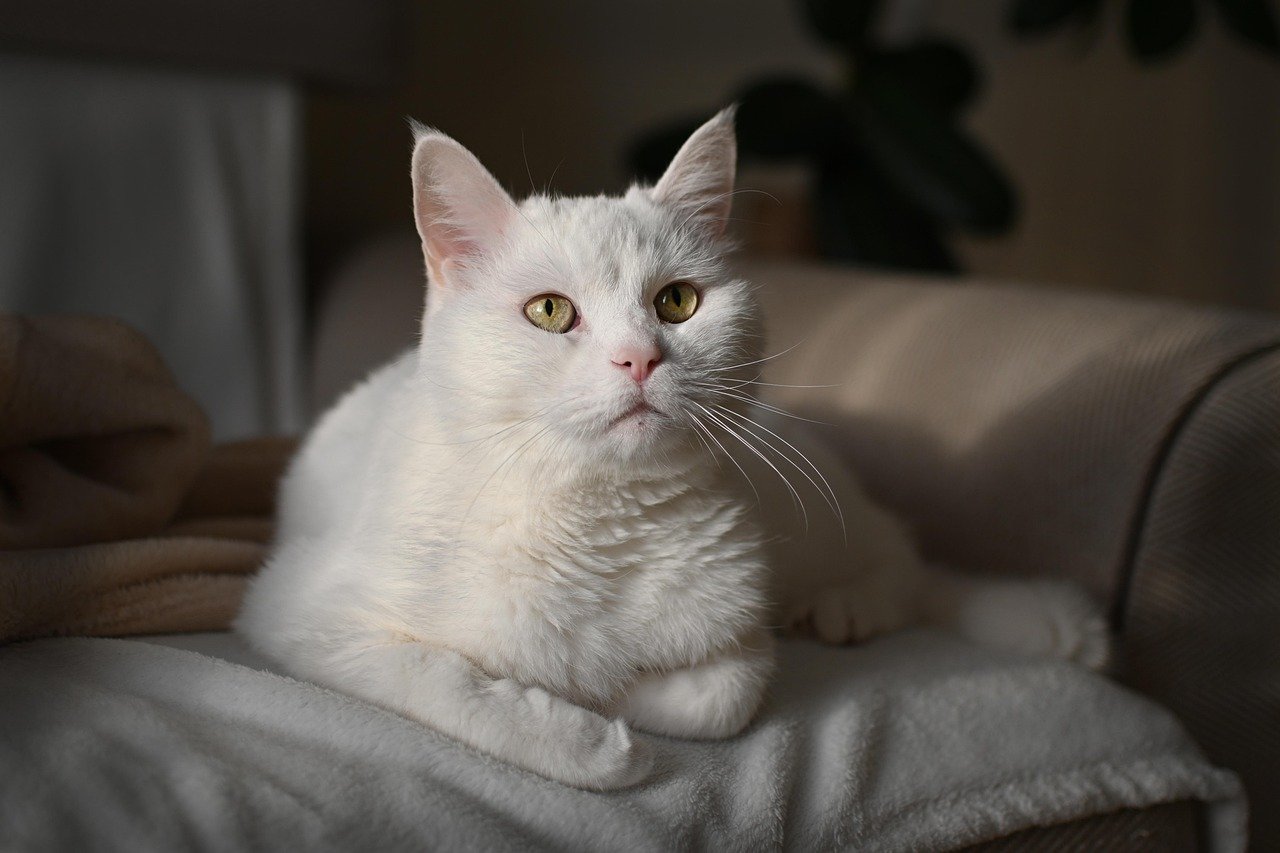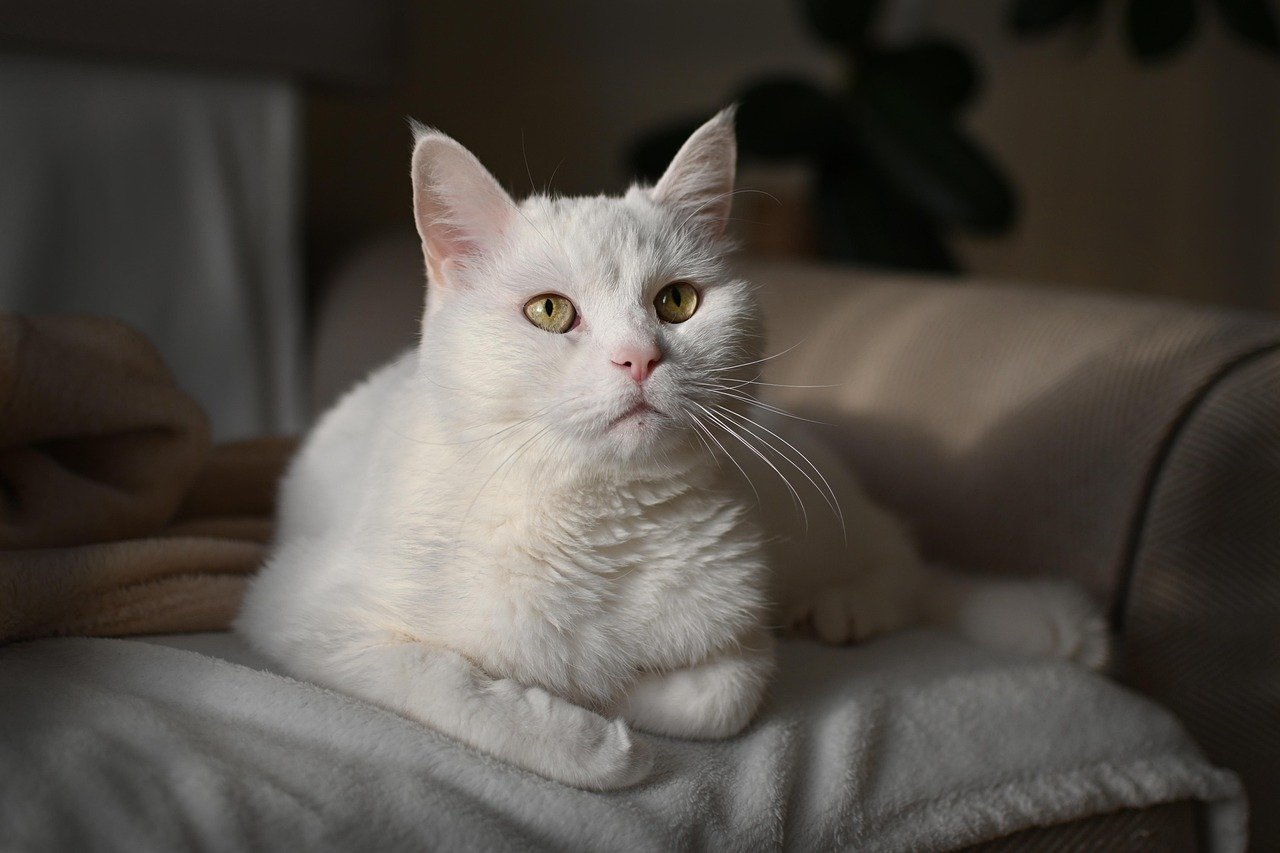There’s nothing quite like the silent language between a cat and its human. If you’ve ever loved a cat, you know how deep the bond can run—sometimes, it feels like they can read your soul. But just as cats sneak into our lives, they can also quietly signal when it’s time to let go. It’s heartbreaking, surreal, and often leaves us wishing they could just speak. But they do speak—in ways that are easy to miss if you’re not paying close attention. Let’s explore the subtle, sometimes surprising signs your beloved feline might be telling you it’s time to say goodbye.
Withdrawing From Family and Favorite Spots
One of the earliest signs that a cat’s journey may be coming to an end is sudden withdrawal. You might notice your cat spending more time alone, hiding under the bed, or retreating to quiet, out-of-the-way places. Even the most sociable cats can start to avoid contact. It’s a painful change, almost like watching a best friend slip away, but it’s a natural instinct for cats to seek solitude when they’re not feeling well.
Cats are masters at masking pain. So when they start to distance themselves, it’s not just moodiness—it’s often a signal of discomfort or declining health. They might stop curling up in their favorite sunny window or no longer greet you at the door. Sometimes, it’s as if they want to protect you from seeing them in a vulnerable state. This behavior speaks volumes—your cat is trying to tell you something important, in the only way it knows how.
Loss of Interest in Food and Water
A healthy cat is usually curious about meals, even if they’re picky. But when a cat stops eating or drinking, it’s a major red flag. You might notice untouched bowls, a shrinking appetite, or your kitty turning away from once-loved treats. The change can be sudden, or it can creep up day by day, leaving you worrying every time you see a full dish at dinnertime.
This loss of interest is often a sign that the body is shutting down or that eating has become uncomfortable. Weight loss, dehydration, and weakness can follow quickly. It’s heartbreaking to see a cat skip meals, especially when you know how much they used to enjoy a little tuna or a fresh bowl of water. Refusing food is one of the most direct ways your cat communicates that something is seriously wrong.
Changes in Breathing or Vocalization
Breathing changes can be subtle at first—maybe you hear a faint wheeze, or your cat seems to pant after only light activity. These shifts in breathing patterns can signal pain, anxiety, or organ failure. Some cats start breathing with their mouth open, which is always a sign to pay close attention. Labored or shallow breaths are especially worrisome and often mean a trip to the vet is urgent.
Vocalization can also change dramatically. Some cats become unusually quiet, while others begin to meow more often or in a different tone. It’s as if they’re trying to tell you something, searching for comfort or relief. These changes in sound, especially when paired with visible discomfort, can be a cat’s way of saying, “I need help,” or, heartbreakingly, “I’m ready to rest.”
Loss of Litter Box Habits

Cats are famous for their cleanliness and pride in using the litter box. When a cat starts missing the box or has accidents around the house, it’s often more than just old age or stubbornness. Maybe you find puddles outside the box, or accidents in strange places. This change can be frustrating, but it’s usually a sign of something bigger happening inside.
Illness or pain can make it difficult for a cat to climb into the box or even move around comfortably. Sometimes, it’s not just physical—it can be a sign of confusion or cognitive decline. Watching a meticulous cat lose this habit can be one of the most gut-wrenching signals that their time may be near. It’s a cry for help, even if it comes in the most unexpected form.
Changes in Grooming and Appearance
A cat’s grooming ritual is almost sacred. When they stop grooming, their once-glossy coat can become matted, greasy, or dull. You might notice tangles, dandruff, or fur falling out in clumps. Sometimes, they appear disheveled, like they’ve given up on keeping up appearances. For a creature that prides itself on cleanliness, this is a big red flag.
In addition to their coat, you may see other signs: sunken eyes, drooping ears, or a general look of fatigue. These changes are not just about vanity—they’re physical signals that your cat isn’t feeling well enough to care for itself. It’s sad to see this transformation, but it’s your cat’s way of letting you know it’s struggling.
Unusual Stillness or Restlessness

Some cats become unusually still, barely moving from one spot for hours or days. They might sleep more than usual, barely responding to your voice or touch. This deep fatigue isn’t just laziness—it’s a sign that their body is winding down. The peacefulness can be misleading, but it’s often a part of the process.
On the flip side, some cats display the opposite: restlessness. They may wander aimlessly, seem agitated, or struggle to find a comfortable position. This constant movement can be a sign of discomfort or anxiety. Whether your cat is unnaturally calm or can’t seem to settle, both extremes often point to a deeper problem, and they’re both ways your cat may be telling you it’s time to say goodbye.
When a cat begins showing signs that it’s time to say goodbye, it’s a heartbreaking but deeply meaningful moment. These subtle changes in behavior, energy, and connection are their way of communicating that they’re ready to rest. As painful as it is, recognizing and respecting these signals is one of the most compassionate acts of love you can give. Saying goodbye with tenderness and dignity honors the quiet, enduring bond you’ve shared from the very start.

Esther is from India; the heartbeat of South Asia, holding a Master’s degree in Zoology and a postgraduate diploma in Animal Welfare. Her enthusiasm for animal welfare drives her passion and dedication to working for animals, ensuring their well-being, and advocating for their rights. With a solid academic background and hands-on experience, she is committed to making a positive impact in the field of animal welfare. In her free time, she enjoys embroidery and sewing. As a Chennaite from Tamil Nadu, Esther loves Bharathanatyam, an Indian classical dance form.






